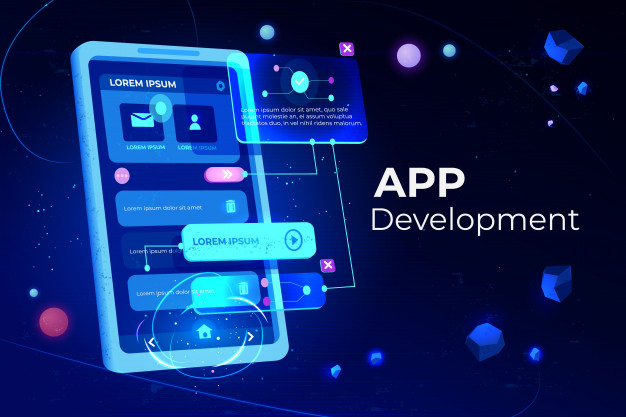Every time a business requires a mobile app built, there’s a difficulty: to pick a web mobile app, a native app, or a hybrid mobile app based on CSS, HTML, and JavaScript. Generally, it all rolls to the money vs performance and appearance campaign.
It’s real that native apps look fabulous and work fast on devices powered by several operating systems. But, they need a higher budget and more manpower, since most businesses want to cover the customers who own both iOS and Android-operated gadgets.
Do you know web mobile and hybrid apps is very low-budget to build and work everywhere? However, they’re bound in their access to a device’s hardware capabilities (sound, camera, etc.) and often have a look and feel that leaves much to be solicited. So, can we achieve the right steadiness between executions and budget at all? Yes, we can. How? We can use React Native, an effective mobile app framework.
WHAT IS REACT NATIVE?
Introduced by Facebook in 2015, React Native is an open-source JavaScript (JS) framework. Its main objective is creating mobile applications that work and seem native both on Android and iOS devices.
- Name
Let’s understand the definition of the framework’s name. The initial word of the two denotes a JS library that Facebook fused into its ecosystem in 2012. React’s purpose is to create extremely interactive web user interface elements.
The “native” portion of the title, as you’ve chosen, means that the framework’s core function is to assist build mobile applications using the native UI components of the target operating systems.
What’s within React Native Apps?
React Native apps include no HTML or CSS code. Only JS. A React Native developer just needs the principal user interface elements that iOS and Android programmers practice and glues them together via JS. As a result, you won’t be able to know the difference between a React Native app and one based on Android or iOS.
- Popularity
Since its launch, React Native has been unwaveringly gaining a following among the developers’ community. While in 2015 it had more than 30,000 stars on GitHub, in September 2019 it claimed to have over 80,000.
Many great, respectable companies have opted for creating their mobile solutions with React Native:
- Facebook (naturally)
- Skype
- Tesla
- Wix
Top 3 Reasons why you should choose React Native for Building Apps:
REASON #1: ONE CODEBASE INSTEAD OF TWO
Say goodbye to searching for two separate developers or development teams to build your app. All you need is one desktop professional who understands JavaScript inside and out, also well-versed in Android and Apple user interface blocks and form patterns. This can be extremely cost-effective for your profession.
Once the developer writes the code, any device on Android or iOS can control it. Whenever modifications are required to the app, only one codebase has to be revised. That decreases the development and maintenance time efficiently. According to some experts, over 90% of the code for one operating system can be reutilized on the other.
REASON #2: HIGH DEVELOPMENT SPEED
Another valuable asset for any business. The more advanced you get your app finished, the less money you’ll have to spend, unless, of course, you’ve agreed on a flat rate. React Native development is fast acknowledgments to various major React Native features.
- Easy and powerful language
React Native uses simple yet compelling JSX (extension to Javascript) language based on ES6. JSX is an inline markup so similar to HTML that gets turned into JS. It implements a robust system of classes in a Java-like fashion. As such, React Native developers don’t have to operate with the prototype-based legacy JS system. At the same time, all comments and phrases are almost identical to JS, indicating every JS professional will find JSX a slice of cake.
- Great code reusability
Code reusability expedites the development process remarkably. In React Native, a program is split into standalone, autonomous modules that can be reused in different applications.
That’s a shock for developers. They can immediately get a grip on any React Native project and make any significant changes to it. That also makes QA professionals happier, as they require less time to study how the program works and come up with relevant tests. All this considerably decreases the development cycle of an RN app.
REASON #3: EXCELLENT PERFORMANCE
To be honest, React Native apps can be most performant as their native counterparts, even though the latter have all the access to a device’s basic functions. Its author built two twin apps by using Swift and React Native and realized that they almost differed in their agility and efficiency.
How is that possible? The thing is that React Native architecture is concentrated on mobile devices and essentially uses the Graphics Processing Unit resources, while native apps often consume the Central Processing Unit resources.
BOTTOM LINE
React Native appears to have determined the years-long mobile app development difficulty “performance and appearance against budget.” This structure allows developers to build visually appealing programs with superior performance features at a comparatively low cost and do so together for iOS and Android.
That’s why hiring a Mobile App Development Company in Canada are highly recommended for designing user-friendly React Native apps for your next mobile project.


Recent Comments